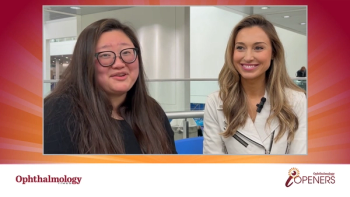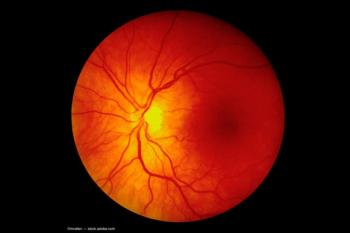
Verana Health + AAO IRIS Registry joint initiative yields 3.5 million ophthalmic images
Lawrence Whittle, Chief Commercial Officer for Verana Health, explains what the significance of imaging data linked with electronic health record data means for patient outcomes.
Video transcript
Note: This transcript has been lightly edited for clarity.
Lawrence Whittle: Hi, my name is Lawrence Whittle. I'm the Chief Commercial Officer for Verana Health and delighted to be here at the annual AAO convention. What's particularly exciting about what we announced yesterday with the AAO is that it's basically a joint initiative around images. Verana Health has been managing the IRIS [Intelligent Research in Sight] database for the last 2 or 3 years, which is the largest clinical database in North America in terms of the Registry.
What's particularly exciting is that in addition to having these 75 million patient records, we're now bringing in a new source of data. So within the current dataset is structured EHR data we've been adding using scientific analysis—unstructured data.
Now we've been ingesting a significant volume of images. The benefit of bringing images alongside EHR data and unstructured data is you start to really understand the patient journey. The clear value proposition here is to validate diagnosis, and also understand how effective drugs are progressing through a treatment pattern. When you think about the combination of these data sources, it almost sounds like magic. In fact, it's not—it's data and math complementing what a physician is doing on a day-to-day basis.
The reason this is so important is that the size of this dataset, being the 75-plus million patients coupled with already 3.5 million images, is really creating an amazing opportunity to accelerate the outcome of patient treatments. That's what's so exciting about his relationship.
What's also important is that this is part of a consortium around the analytics objectives of the IRIS Registry. We're partnering with many of the larger AMCs [academic medical centers] initially, such as the University of Washington, and many of the leading experts in images to take the Verana technology and data science, the large amount of data within the Registry, and these new datasets that are in the hands of AMCs and many, many private practices to create a new data source that can really unlock some amazing, insightful deliverables for patient outcomes.
Newsletter
Don’t miss out—get Ophthalmology Times updates on the latest clinical advancements and expert interviews, straight to your inbox.













































